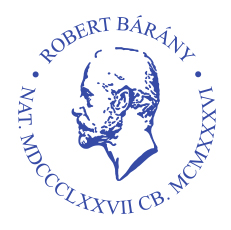Open Access: Yes
Citation
Castellucci, A., Botti, C., Bettini, M., Fernandez, I. J., Malara, P., Martellucci, S., Crocetta, F. M., Fornaciari, M., Lusetti, F., Renna, L., Bianchin, G., Armato, E., & Ghidini, A. (2021). Case Report: Could Hennebert’s Sign Be Evoked Despite Global Vestibular Impairment on Video Head Impulse Test? Considerations Upon Pathomechanisms Underlying Pressure-Induced Nystagmus due to Labyrinthine Fistula. Frontiers in Neurology, 12. https://doi.org/10.3389/fneur.2021.634782
Link
https://www.frontiersin.org/journals/neurology/articles/10.3389/fneur.2021.634782/full
Description
This article provides a comprehensive overview of Hennebert's sign due to labyrinthine fistula
Keywords
fistula, perilymphatic, pressure, tragal compression, Hennebert, fistula sign, pressure-induced nystagmus
Reviewer
Raymond van de Berg
Topics
